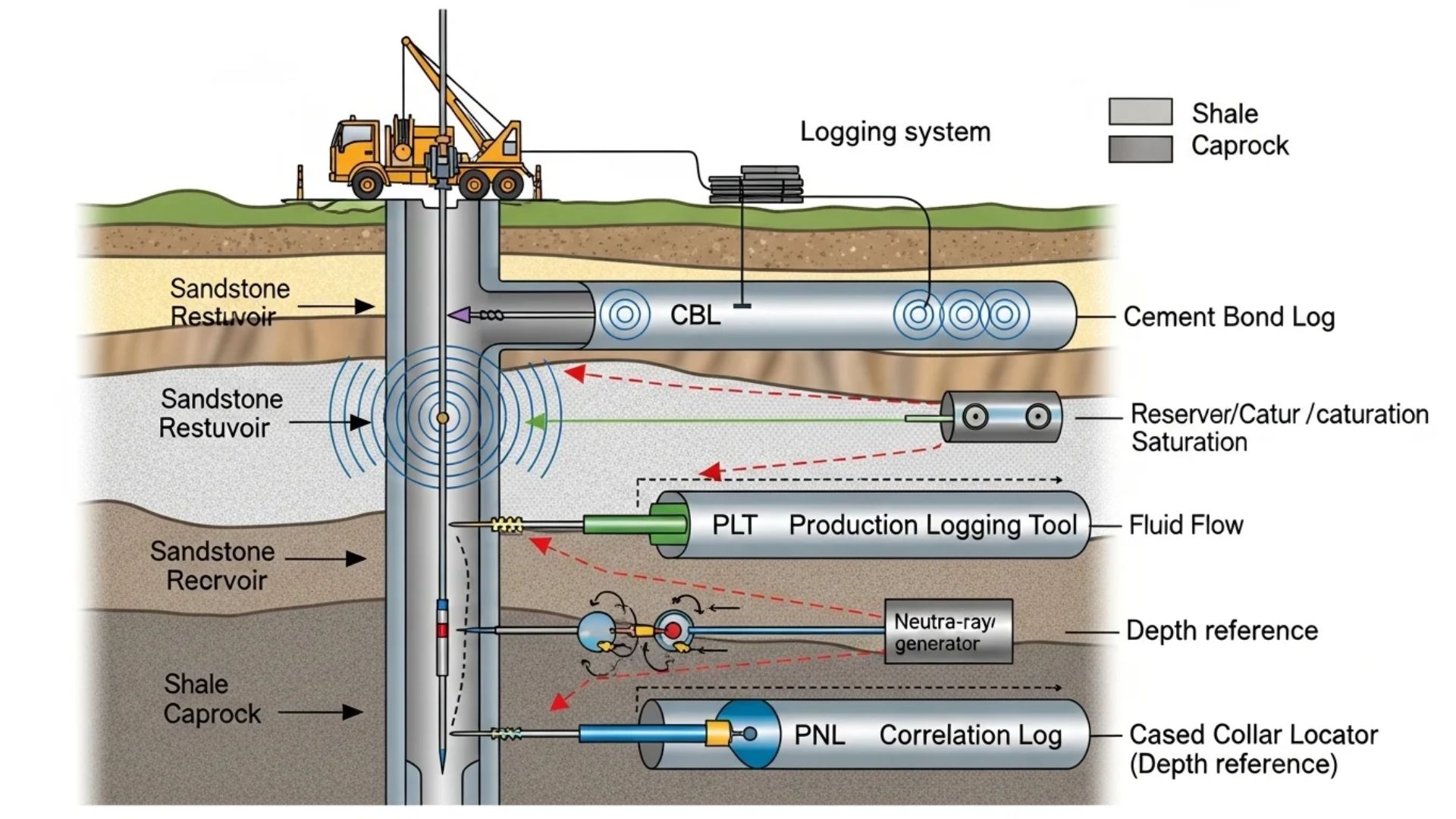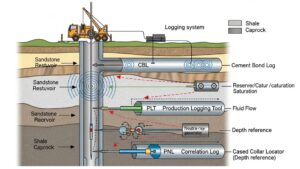In today’s oil and gas industry, understanding the condition of a well after casing is set is essential for safe, efficient, and long-lasting production. cased hole services has become a key method for gathering this information. It allows operators to evaluate well integrity, monitor performance, and guide interventions all without disturbing the casing or halting production.
Unlike open-hole logging, which takes place before the casing is installed, cased hole logging supports ongoing well surveillance throughout its life cycle. This continuous insight helps companies avoid unnecessary risks, protect investments, and improve recovery from both new and mature wells.
Core Tools Used in Cased Hole Logging
Cased hole logging relies on advanced instruments designed to reveal what is happening inside and behind the casing:
Multi-Finger Caliper (MFC)
This tool measures the inner shape and diameter of casing using multiple high-precision fingers. It identifies corrosion, deformation, scale buildup, and mechanical damage information that is crucial for planning maintenance and ensuring well reliability.
Pulsed Neutron Tool (PNT)
By emitting neutron pulses, PNTs evaluate porosity, water saturation, and hydrocarbon zones behind the casing. They help detect bypassed pay and track water movement, giving operators a clearer picture of reservoir behavior without major interventions.
Modern Advances in Cased Hole Logging
Today’s logging technologies deliver clearer, more accurate data than ever. High-resolution images, digital sensors, and 3D casing visualizations make it easier to identify leaks, structural issues, or fluid migration pathways.
Systems enhanced with AI, fiber optics, and improved telemetry also allow faster data processing, earlier detection of risks, and safer field operations—all while reducing the time and cost of logging tasks.
Turning Data Into Actionable Insights
A major advantage of cased hole logging is the ability to combine large amounts of data into meaningful interpretations. Modern software platforms integrate and visualize logs to show trends in well performance and identify problem zones early.
By pinpointing high-water-production intervals or declining zones, operators can plan targeted treatments, adjust artificial lift, and improve recovery while reducing unnecessary expenses.
Protecting Well Integrity and Safety
Cased hole logging also plays a central role in maintaining safe operations. Tools such as Cement Bond Logs (CBL) ensure that cement is properly bonded and preventing fluid movement between geological layers. This reduces the likelihood of blowouts, contamination, or unwanted water/gas production.
Routine integrity checks help operators fix issues early, turning potential failures into manageable maintenance tasks.
Challenges to Consider
Logging through steel casing can sometimes interfere with signals, requiring advanced calibration and expert interpretation. Additionally, the cost of sophisticated tools and large volumes of data must be balanced against the benefits. As data needs grow, teams increasingly depend on digital tools and collaboration to extract maximum value.
Conclusion
Cased hole logging is an essential part of modern oilfield operations. With advanced tools, improved imaging, and integrated data interpretation, operators can ensure well integrity, optimize production, and reduce risk. By relying on these proven strategies, companies can extend well life, improve safety, and enhance productivity in an increasingly competitive energy landscape.








